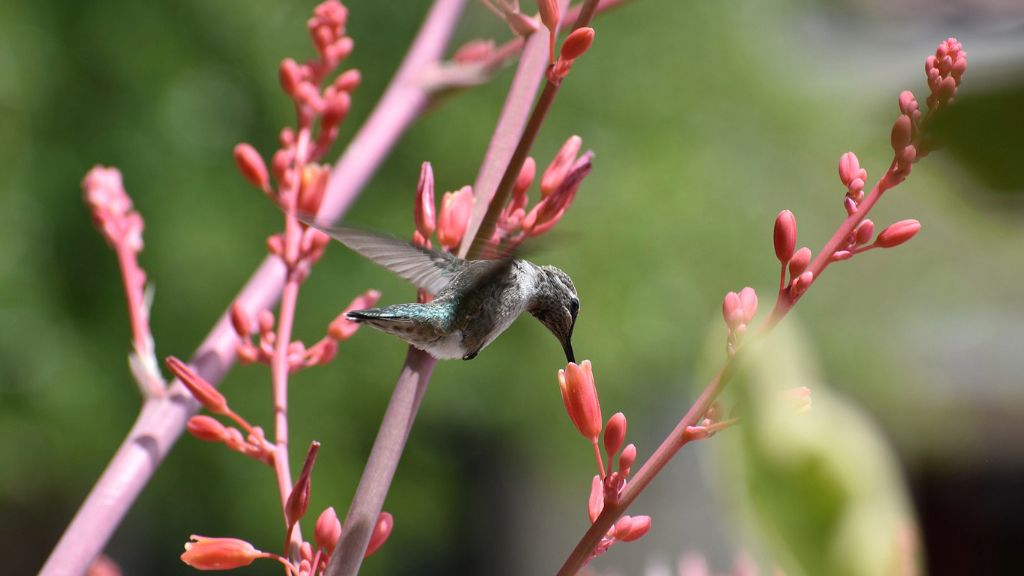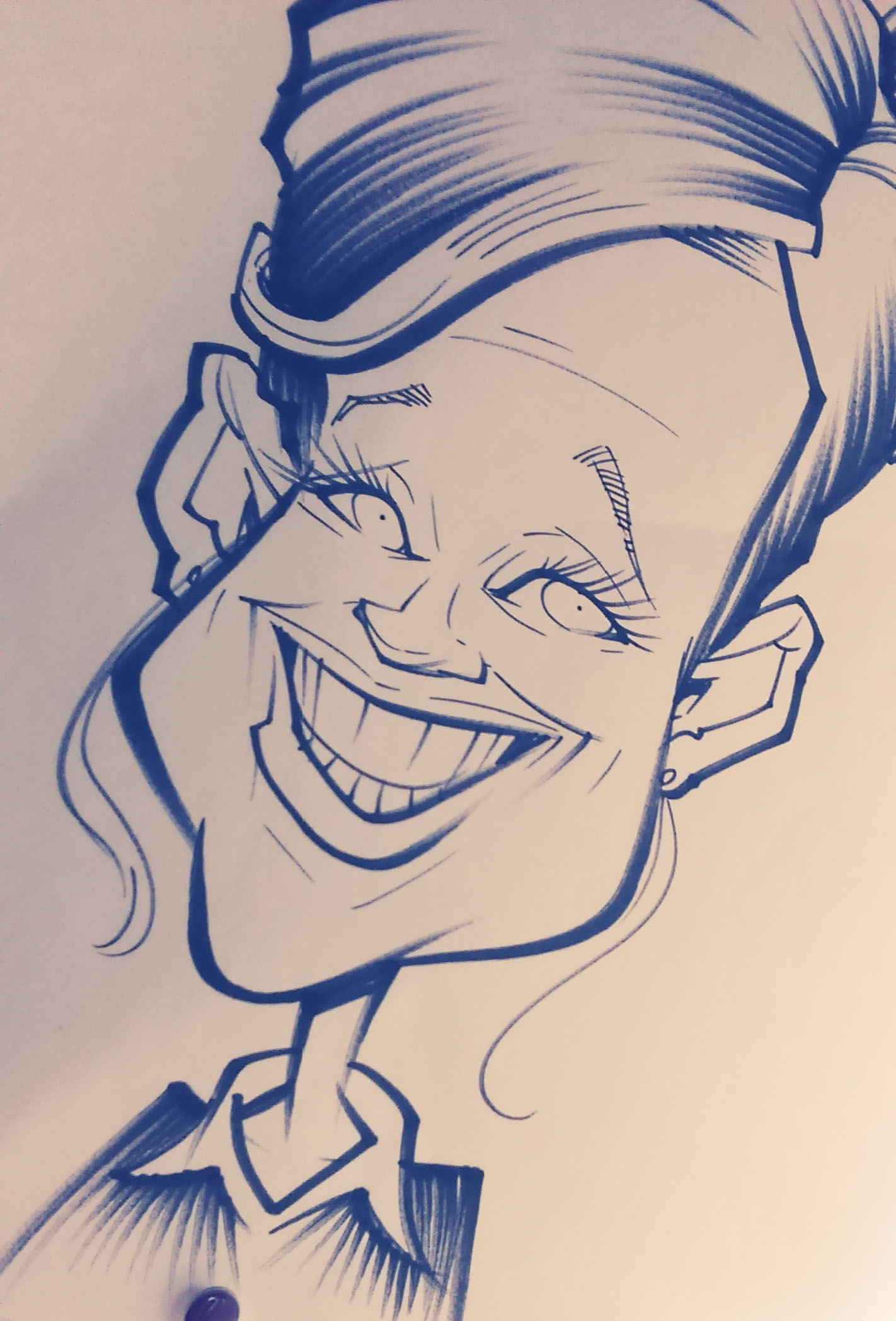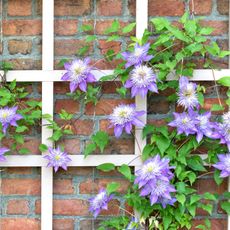Pollinator Gardens: Get To Know Your Non-Bee Pollinators


Honeybee Colony Collapse Disorder (CCD) is a hot topic, along with all the other factors contributing to our decline of bee population, so serious focus on pollinators and their health has to be in the conversation. While I love bees (just not the mean ones like yellow jackets), there are other pollinators upon which we can focus. Creating habitat and food for these good guys will help sustain our crops and plants to ensure the future of our food supply.
Encouraging "Other" Pollinators in the Garden
I am mildly allergic to bee stings. Plus, I am like a four-year-old and terrified of being stung. This doesn't prevent me from appreciating bees and all the work they do, but it does remind me that they aren't the only pollinators in the garden. There are daytime and nighttime pollinating insects, most of which don't bother a fly. They just move around naturally, doing what they do best as they find food. In the course of this task, they bump around in flower parts, moving bits of pollen from bloom to bloom. These other heroes of the garden should be regarded as important parts of the pollinating machine too. Encouraging other pollinators like these will help your garden produce more food and flowers.
In the insect world, non-bee pollinators encompass many beetles, flies, ants, wasps, moths, and butterflies. We also have birds and bats to thank for some of the pollinating activity. Simply in the act of foraging for food, these organisms can help transfer pollen. While they aren't as efficient as bees, who often visit flowers more frequently, they are able to transfer pollen in weather bees can't operate in and move it much farther. This is great news for the wild population of flora as well as our cultivated crops.
Encouraging these other types of non-bee pollinators starts with developing habitat in which they can successfully live. Provide flowering plants throughout the year if possible. Plant host plants for butterflies and moths. Native plants are often ideal for this purpose. Avoid rototilling or other extreme soil disturbing activity which can destroy in-ground nesting site.
Setting up housing is another way of encouraging pollinators in the garden. There are plans for bee and beneficial insect houses abundantly available. Most are made with common household items. Erecting a bat house and feeding hummingbirds and other birds throughout winter will keep them in your garden to do their good work.
My garden has flowers from February into November. In the winter, a hummingbird feeder is available, as well as dried sunflower heads spiked along the fence for the other birds. My bat house is erected on the tall cedar tree, neighbor to a beneficial bug house. I practice no till sowing and rarely dig deeply unless planting a shrub or tree. Since I respect these other pollinators, my garden blooms like a rainbow and my food crops are often more than I can handle.
Respecting and taking care of non-bee pollinators is another way of ensuring a beautiful garden but also part of encouraging diversity in species for a healthy Earth.
Gardening tips, videos, info and more delivered right to your inbox!
Sign up for the Gardening Know How newsletter today and receive a free copy of our e-book "How to Grow Delicious Tomatoes".
-
 5 Fabulous Fast-Growing Vines – That Will Quickly Climb Any Arbor, Trellis, Or Fence
5 Fabulous Fast-Growing Vines – That Will Quickly Climb Any Arbor, Trellis, Or FenceThese fast growing vines are perfect for covering any eyesores in your yard or creating a living fence. They will provide great visual interest, as well.
By Amy Grant
-
 Best Indeterminate Tomatoes: Flavor-Packed Varieties For Fresh Harvests All Summer Long
Best Indeterminate Tomatoes: Flavor-Packed Varieties For Fresh Harvests All Summer LongIndeterminate tomatoes are vining varieties that fruit all season. Discover their distinctive features and how to choose the best type to grow in your garden.
By Bonnie L. Grant
